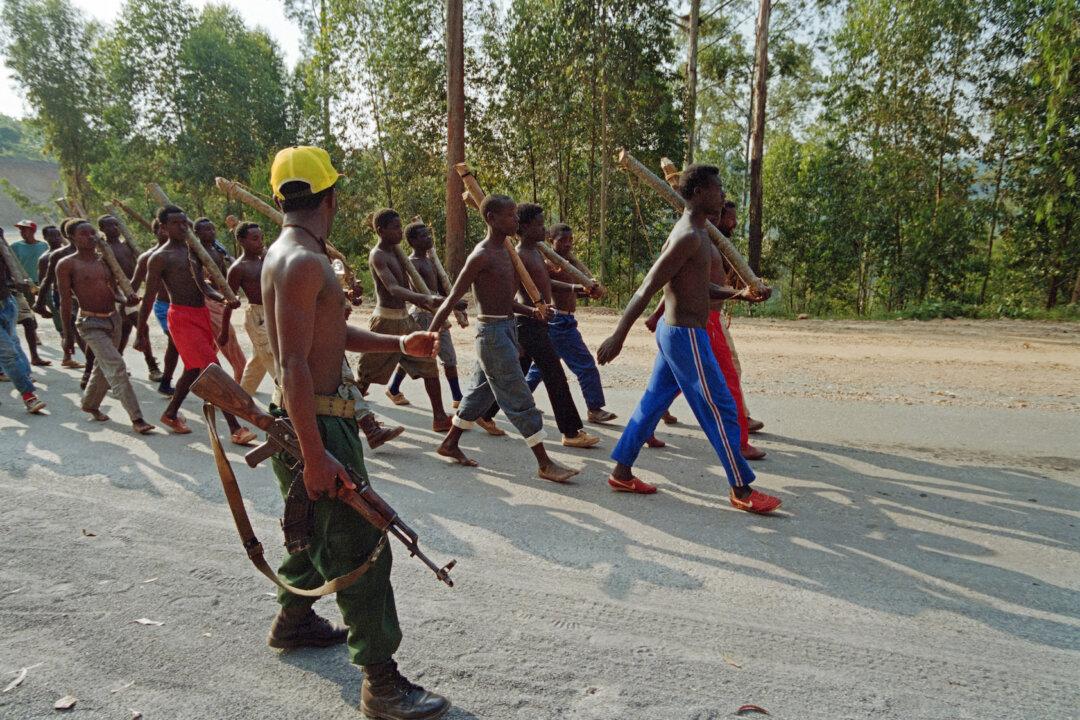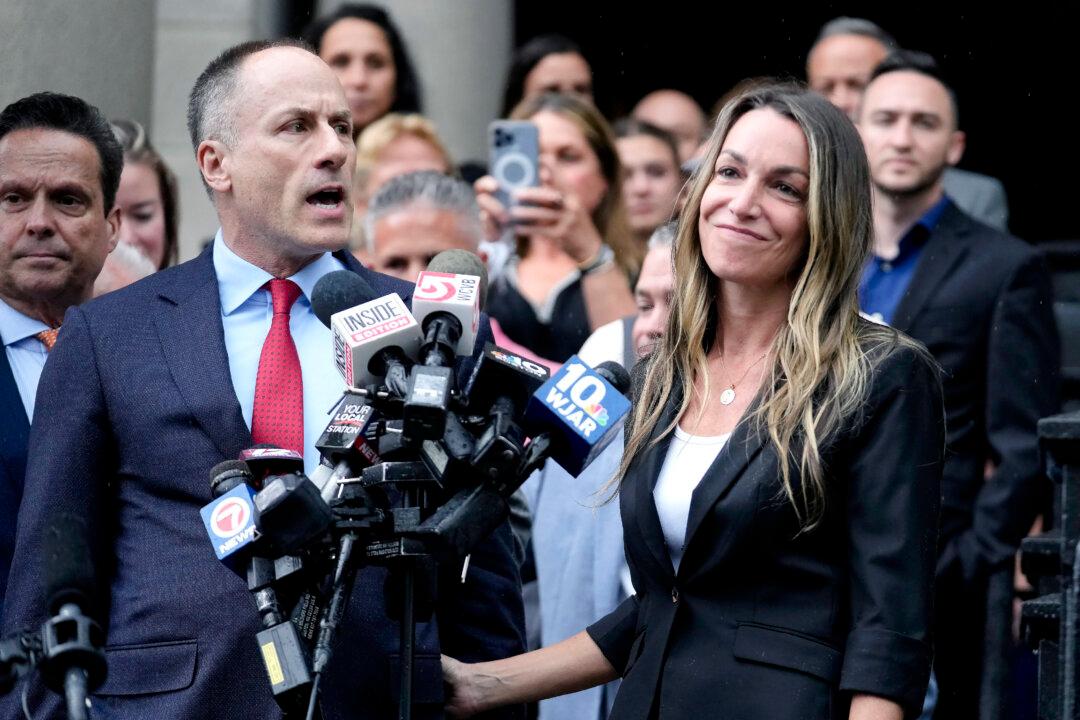A man wanted for nearly three decades for allegedly participating in the Rwandan genocide was recently discovered living illegally in the United States.
According to the Department of Justice (DOJ), Department of Homeland Security, and federal court records, Eric Tabaro Nshimiye both ordered and carried out rapes and brutal murders, including of young children and female college students, as part of the 1994 genocide of 800,000 Rwandans. He is accused of beating to death some of his victims with a nail-studded club while hacking others to death with a machete.




